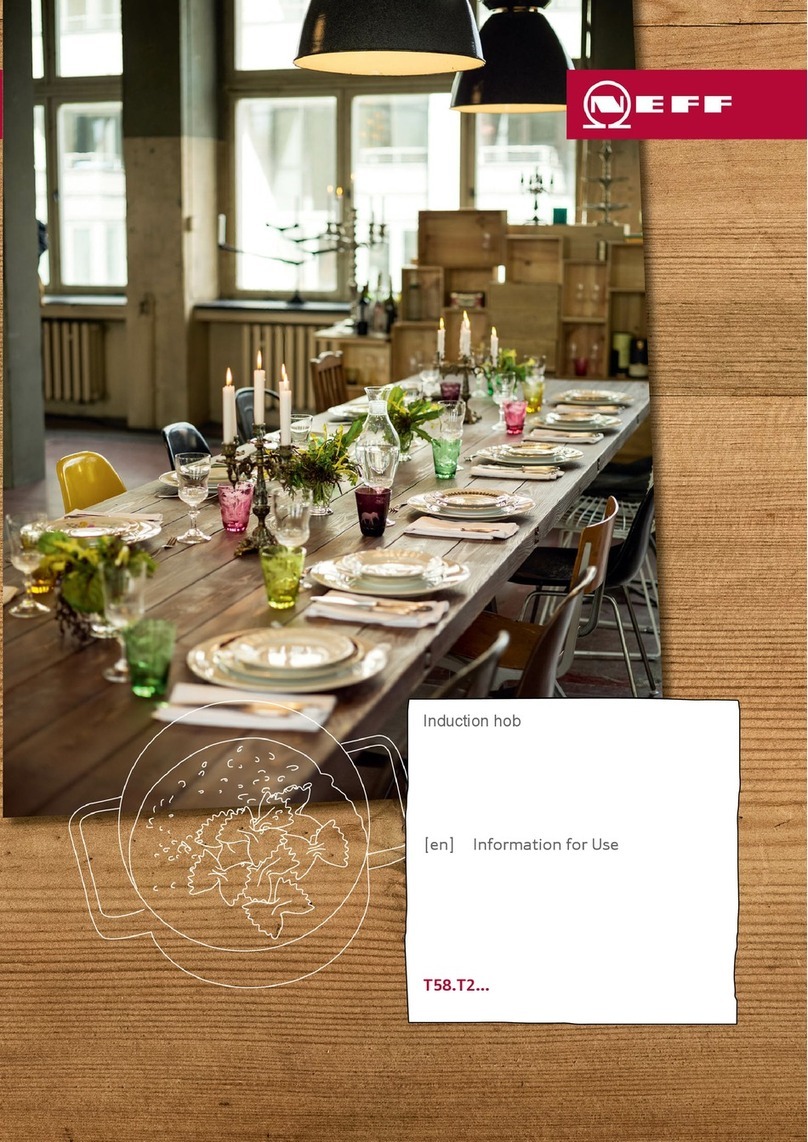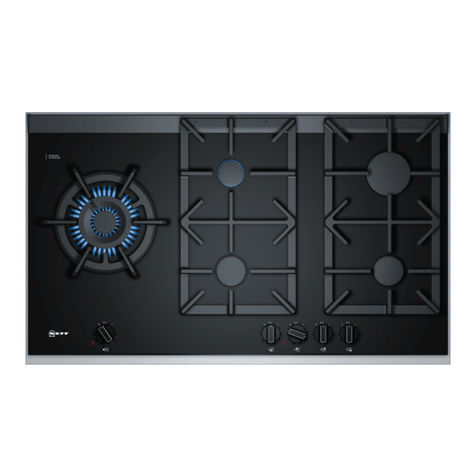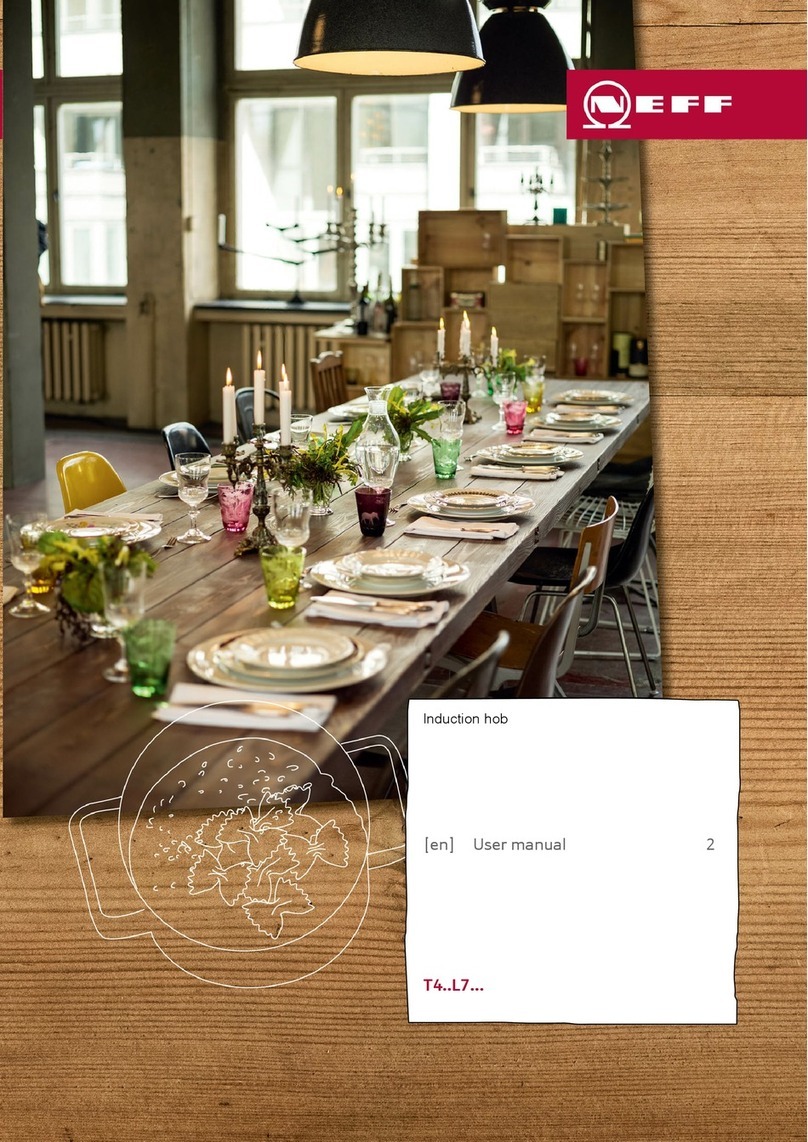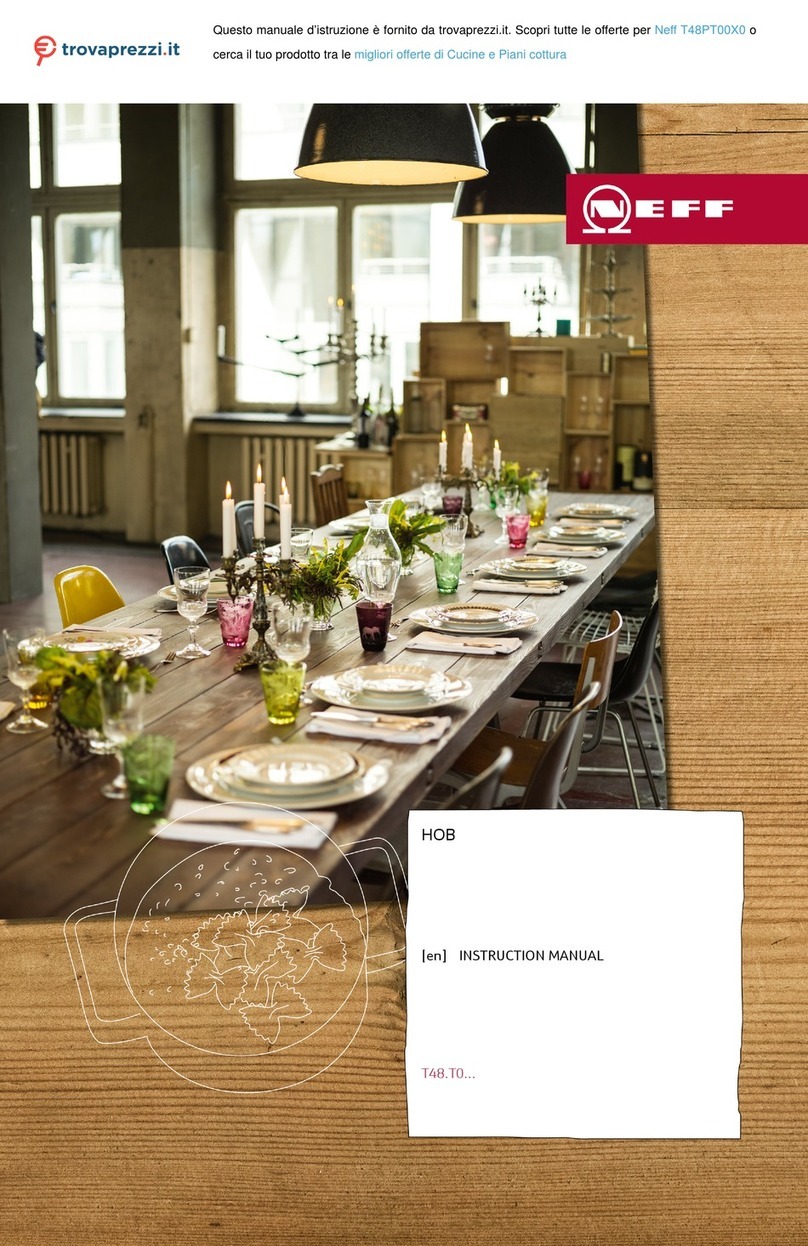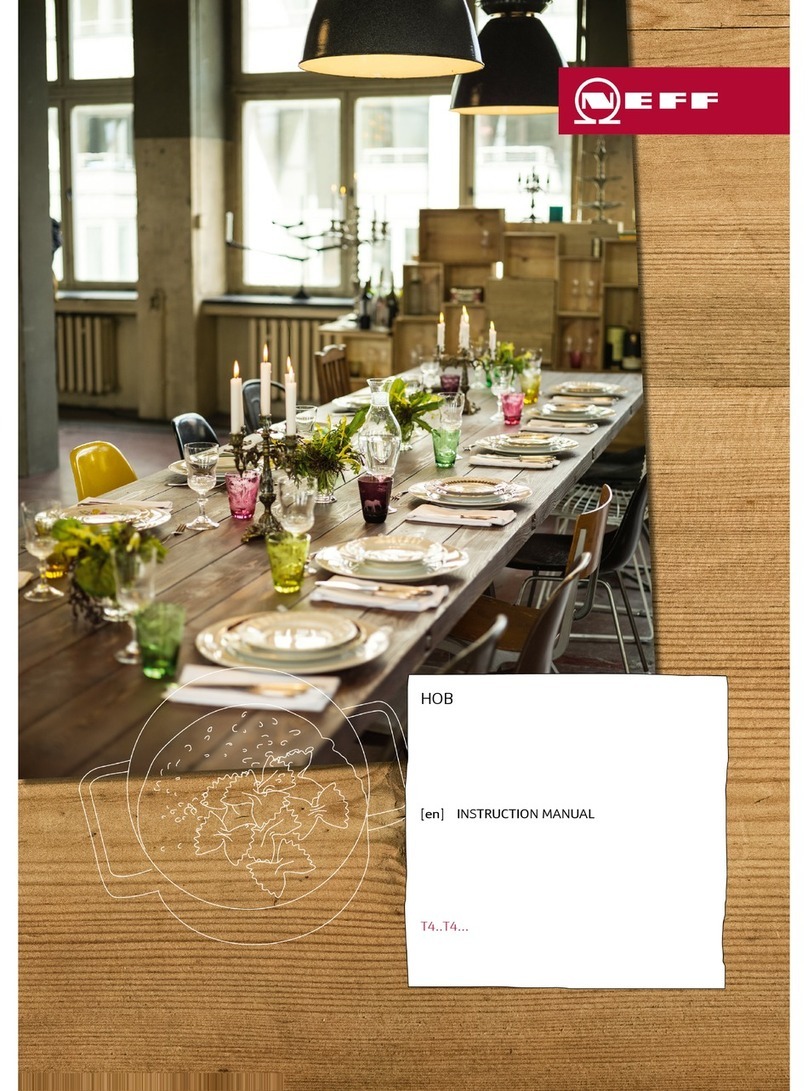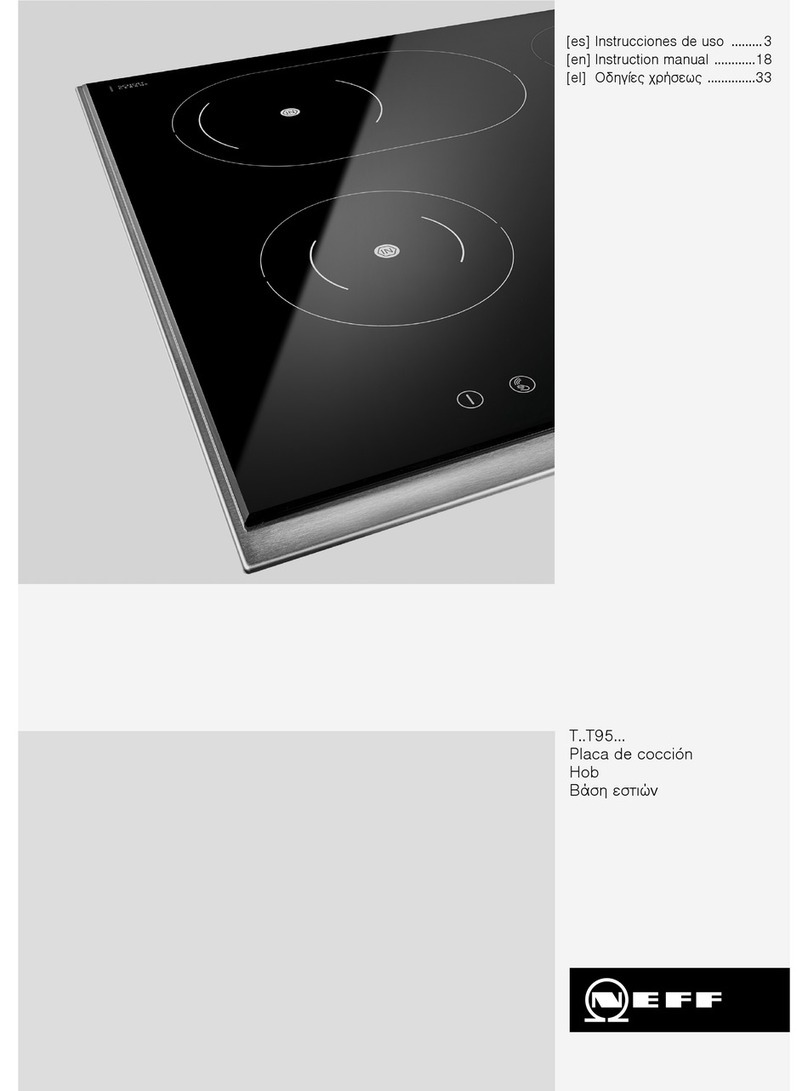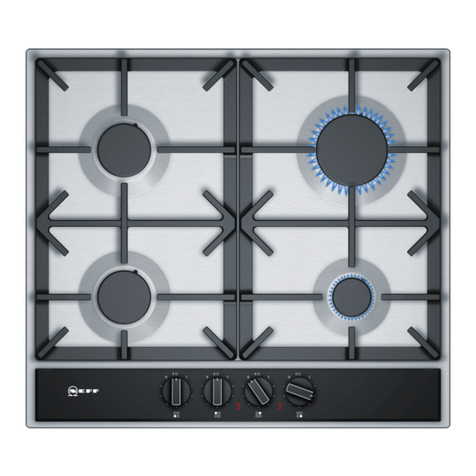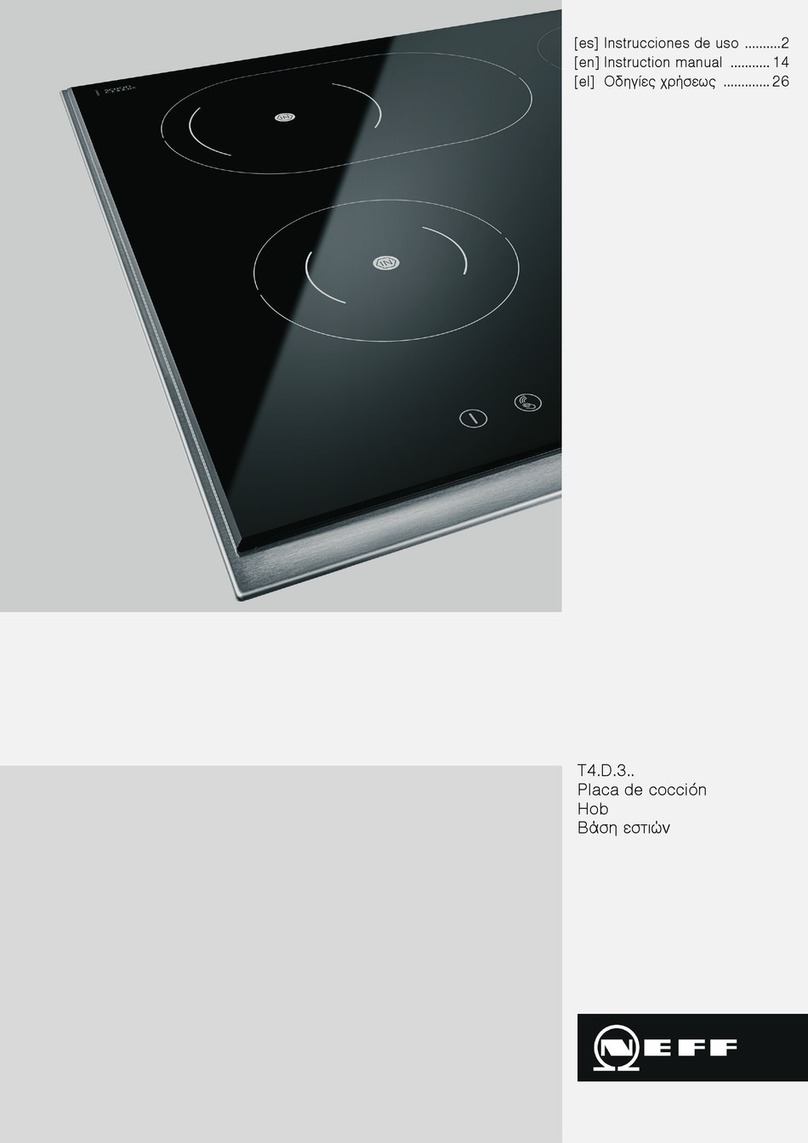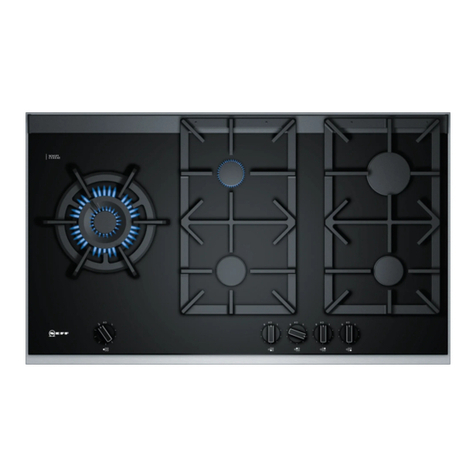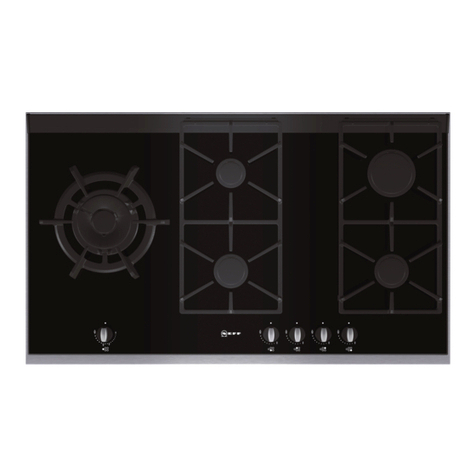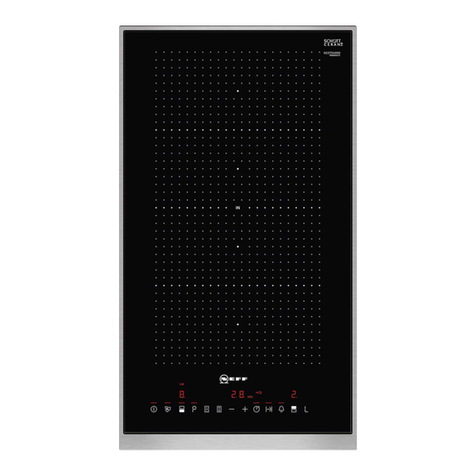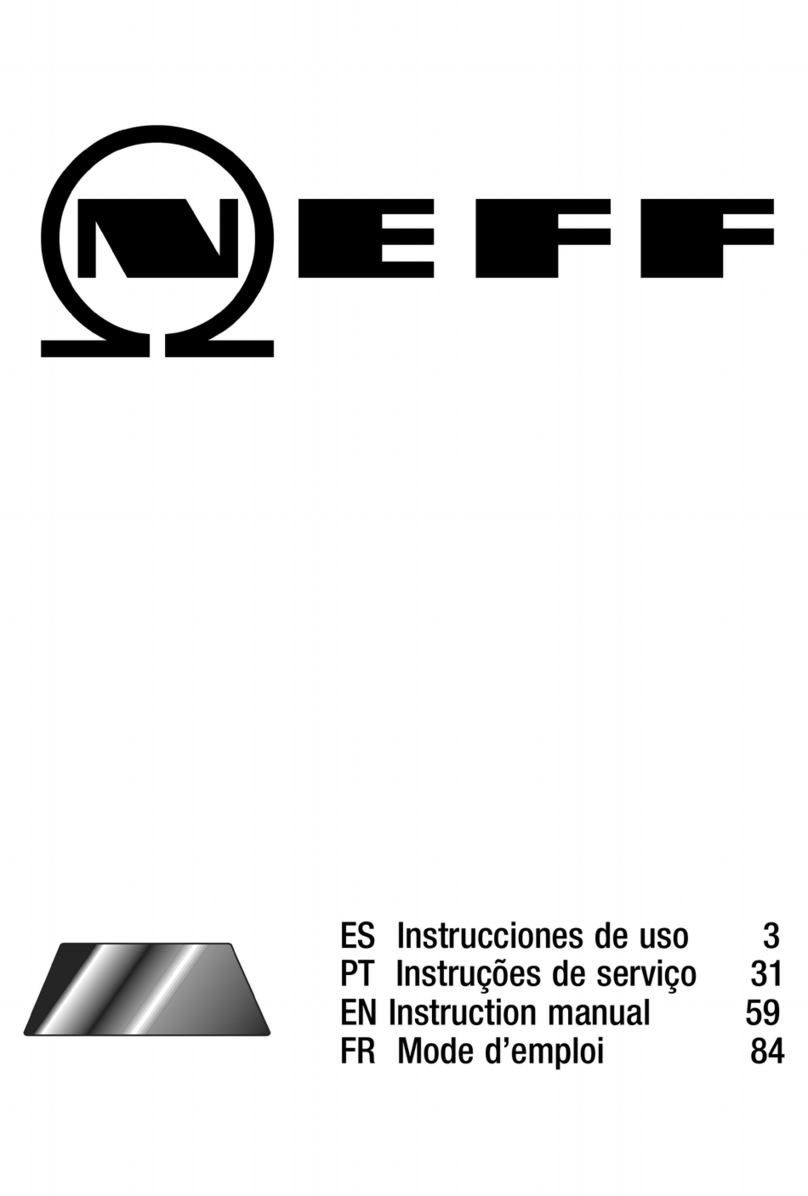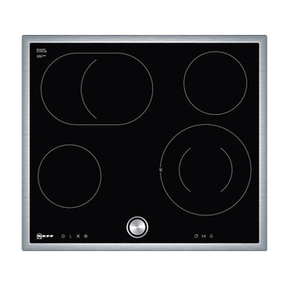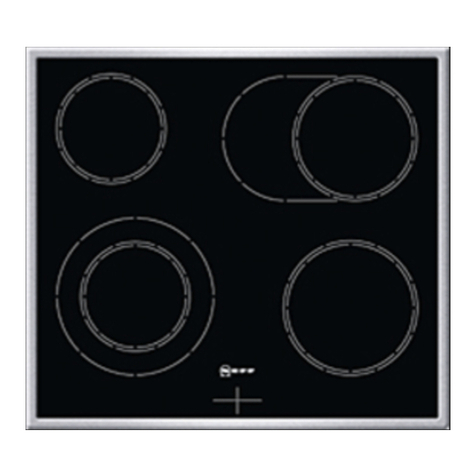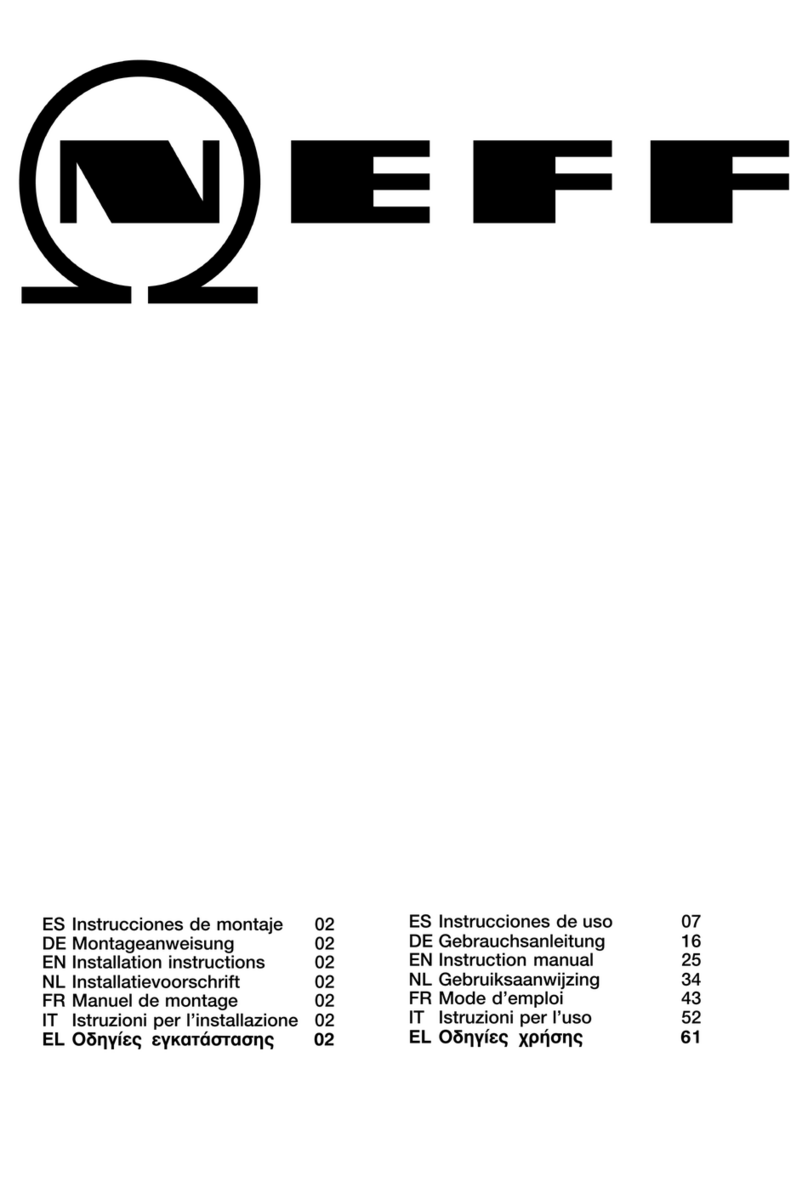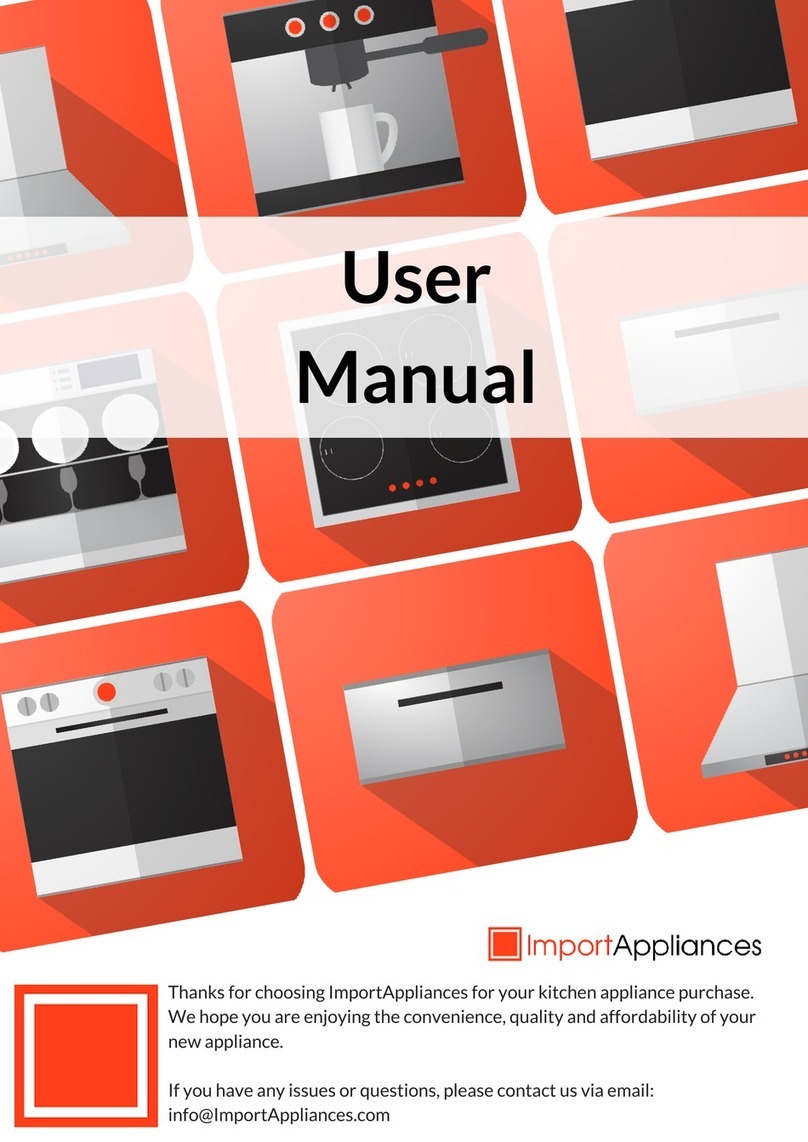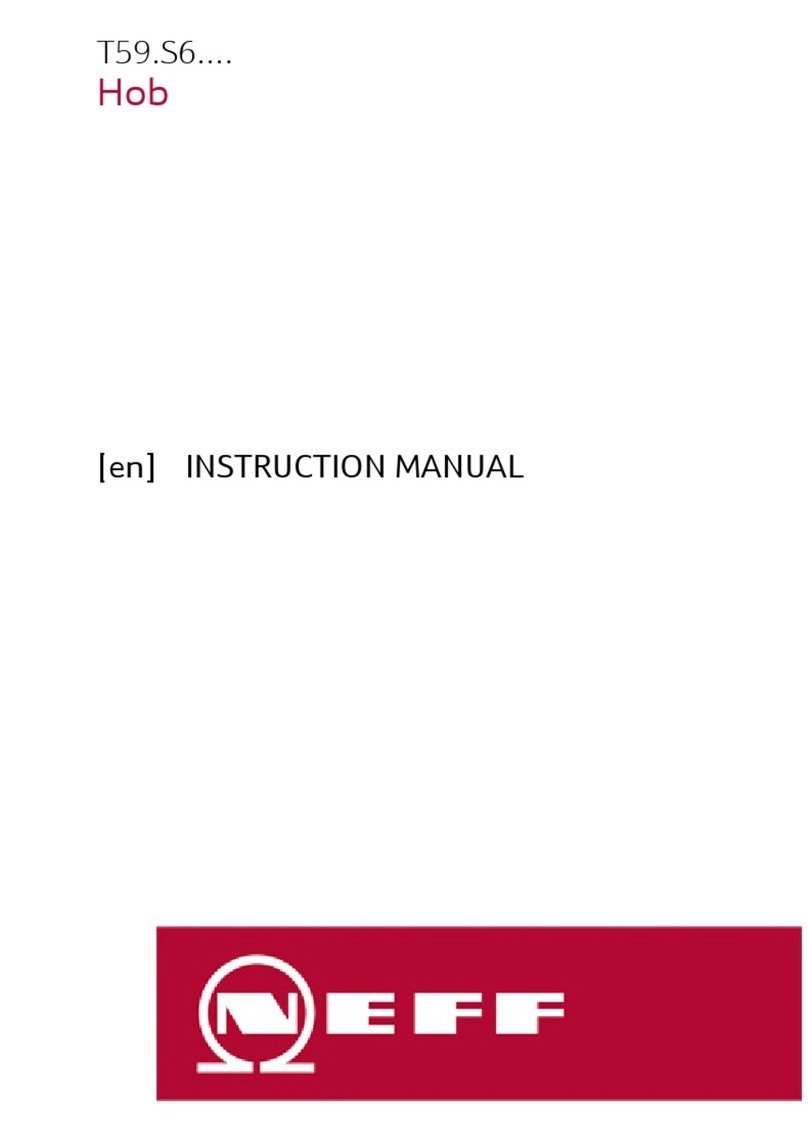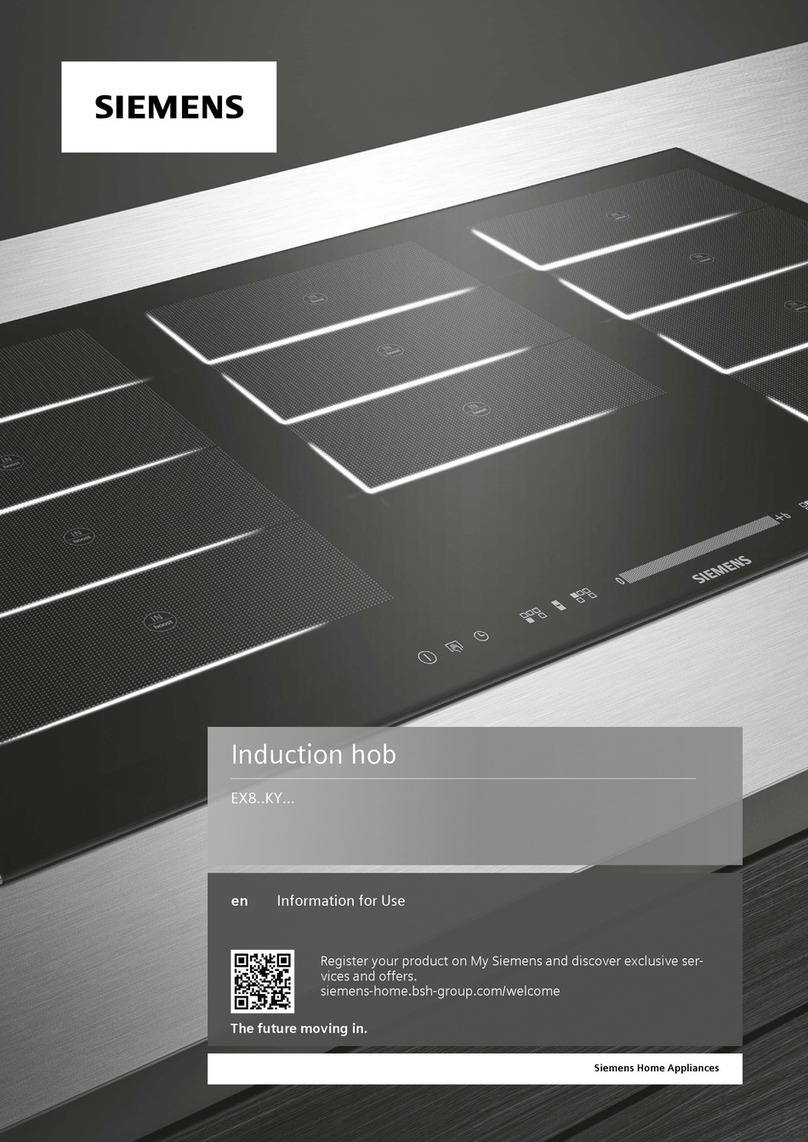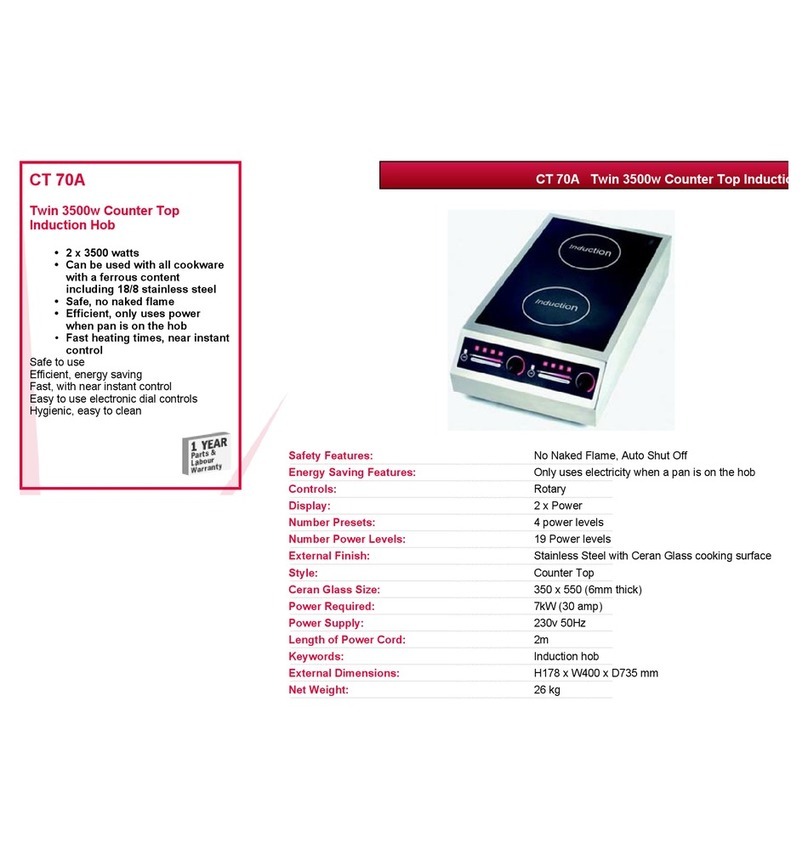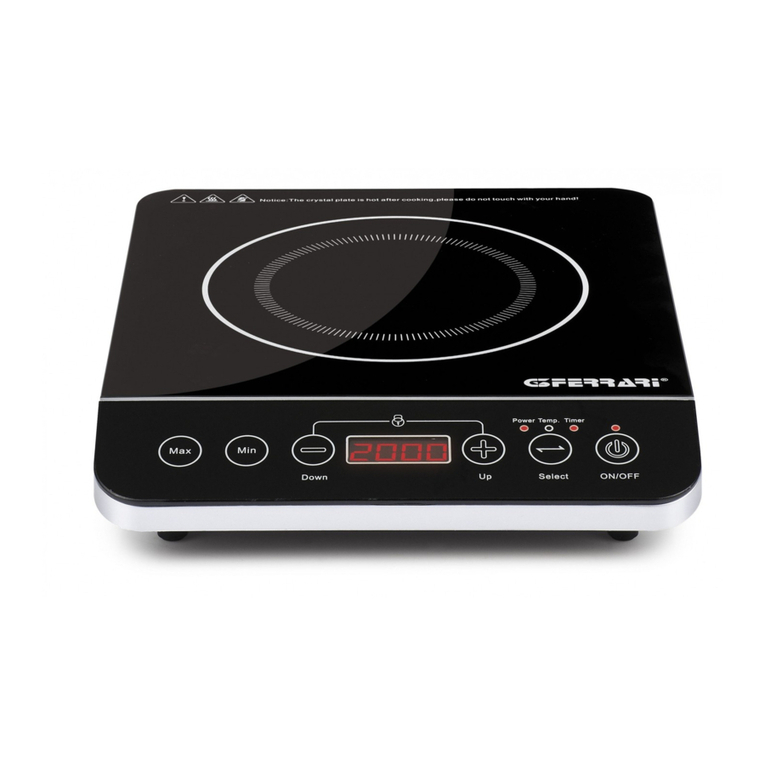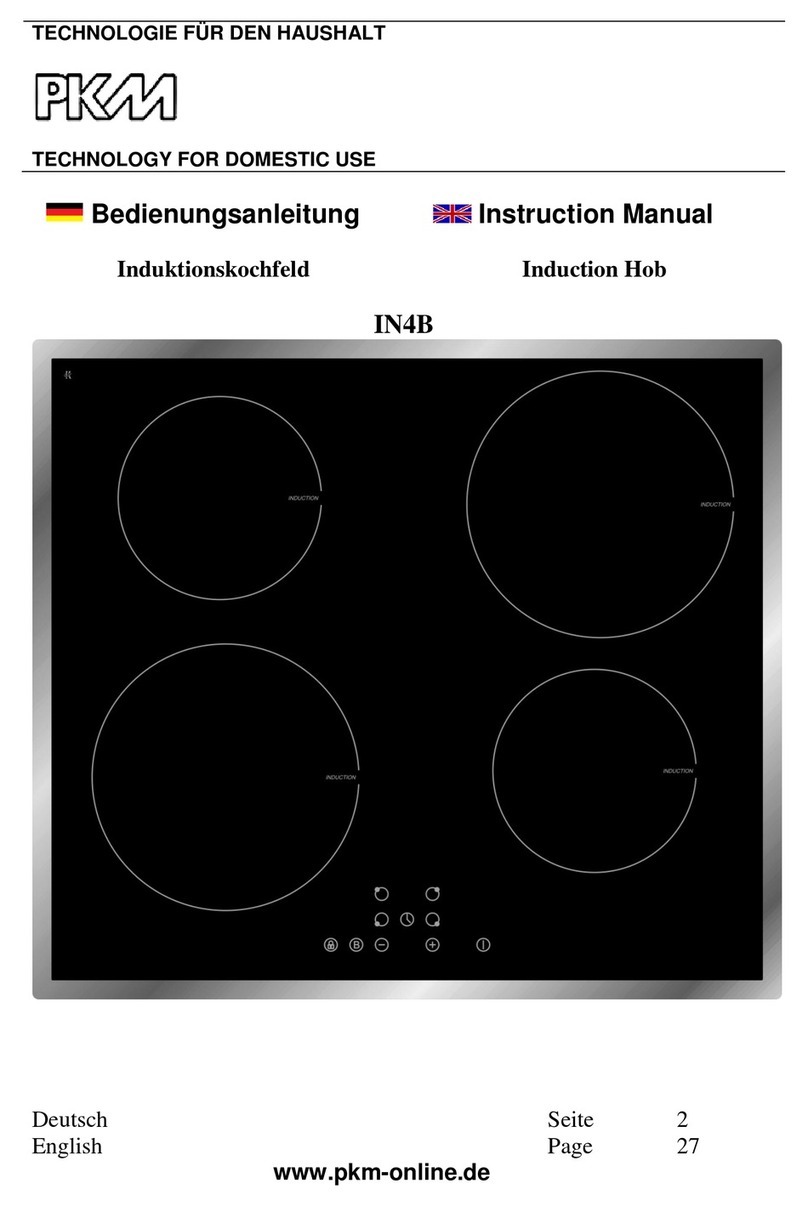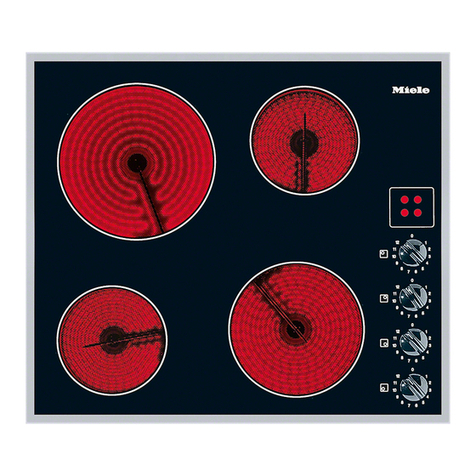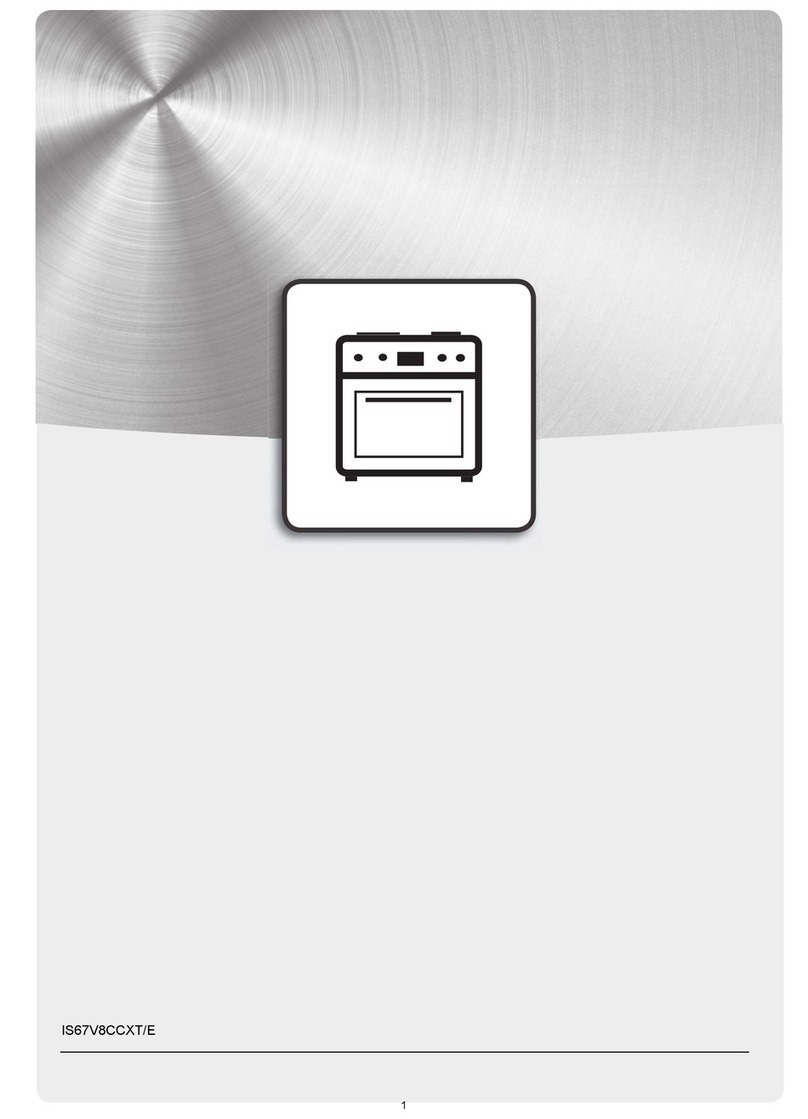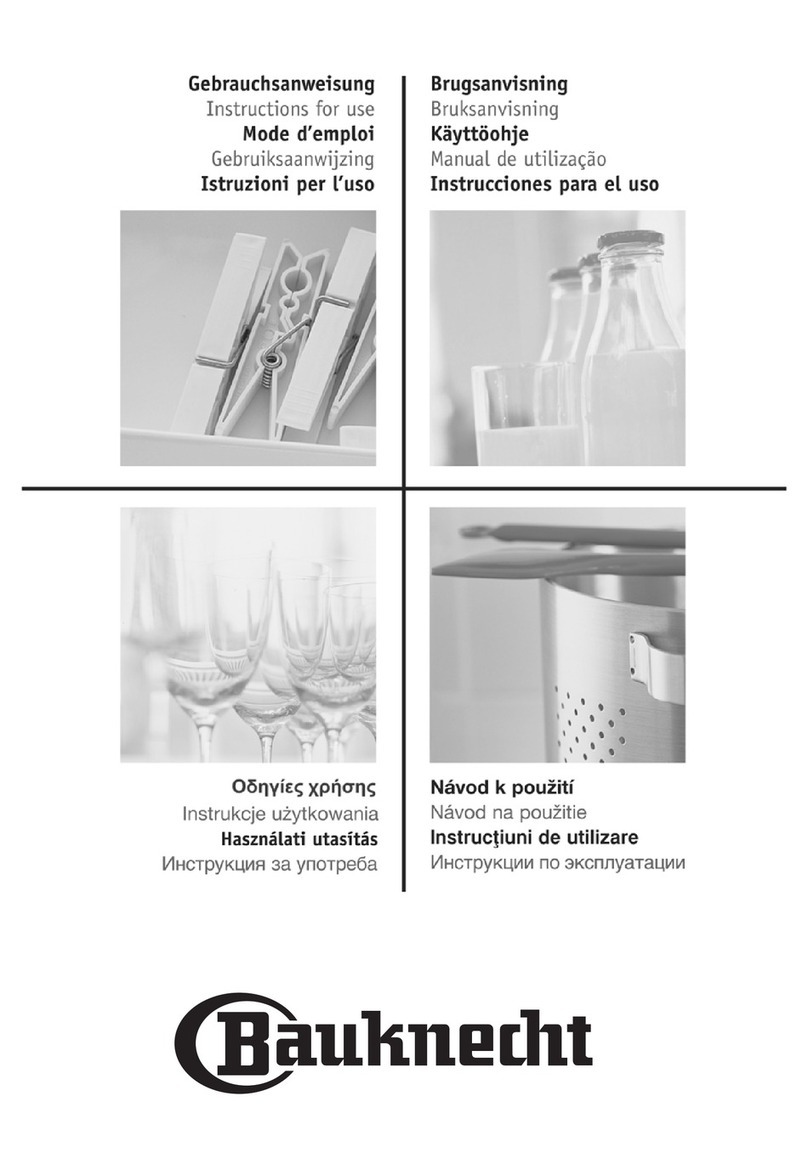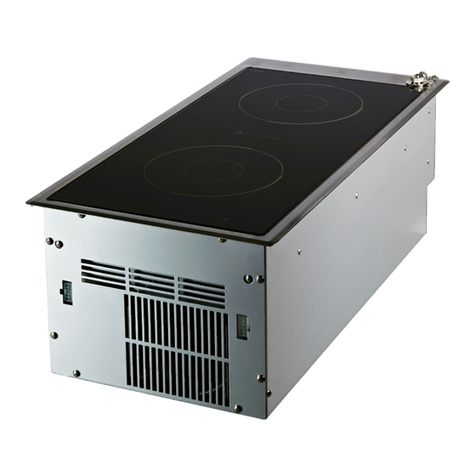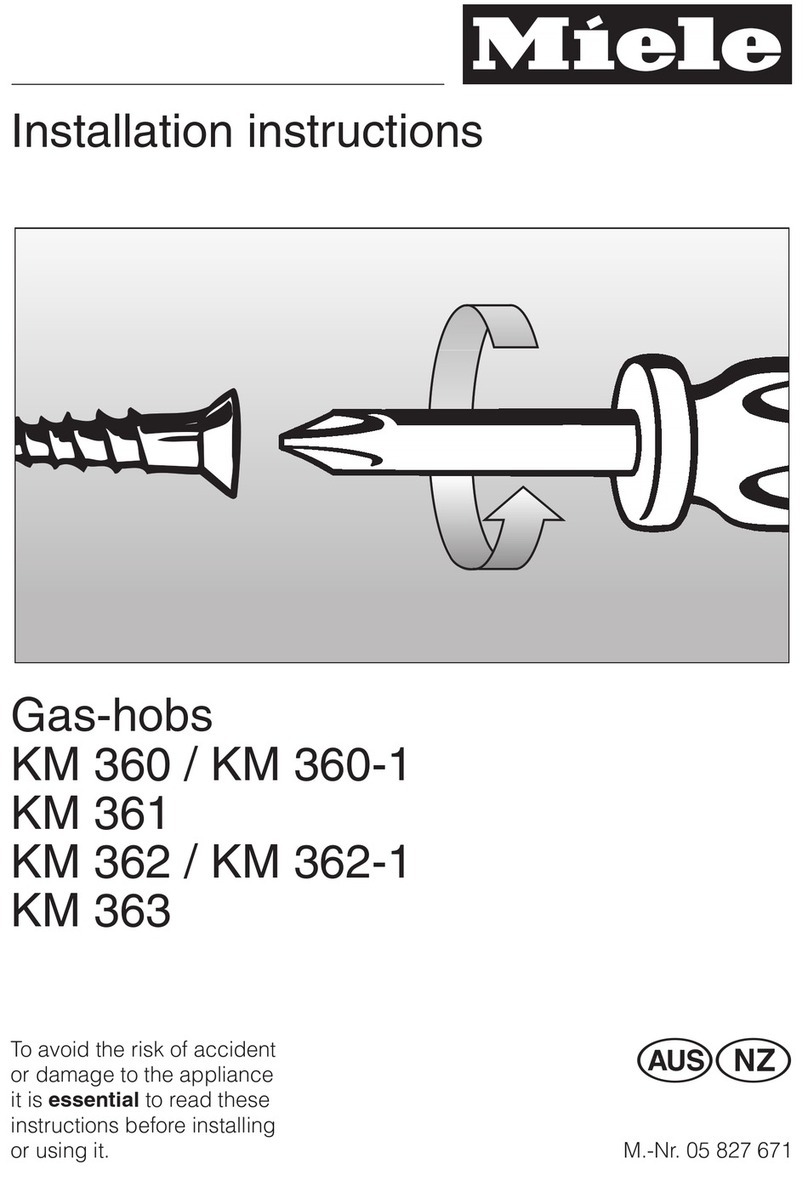
en Basic operation
10
ReStart
▶If you switch the appliance on within four seconds of
switching it off, the hob operates with the settings
that were previously set.
9.2 Switching the hob off
▶Touch until the displays go out.
aAll cooking zones are switched off.
Note:If all of the cooking zones are switched off for
longer than 59seconds, the hob is automatically
switched off.
9.3 Setting the power level in the cooking
zones
The cooking zone has 17 power levels, which are dis-
played from to with intermediate values. Select the
best power level for the food and the planned cooking
process.
1. Touch the required cooking zone display
a and get brighter.
2. Swipe your finger over the respective settings area
until the required power level lights up.
aThe power level has been set.
Note:If no cookware is placed on the cooking zone or
the pot is not suitable, the selected power level flashes.
After a certain period of time, the cooking zone
switches itself off.
QuickStart
▶If you set one or more items of cookware on any
cooking zone before switching on the appliance, the
hob detects this and automatically selects the cook-
ing zone for one of the items of cookware. Then se-
lect the power level in the next 59 seconds, or the
hob will switch off.
Changing the power level and switching off the
cooking zone
1. Select the cooking zone.
2. Select the required power level or set it to
aThe cooking zone's power level is changed or the
cooking zone is switched off.
9.4 Cooking tips
¡When heating up puree, cream soups or thick
sauces, stir occasionally.
¡To preheat, set the power level 8-9.
¡When cooking with the lid on, reduce the power
level as soon as you see steam escaping. The
cooking result is not affected by the steam escap-
ing.
¡After cooking, place a lid on the cookware until you
serve the dish.
¡To cook with the pressure cooker, observe the man-
ufacturer's instructions.
¡Do not cook food for too long, otherwise nutrients
will be lost. The kitchen timer enables you to set the
optimal cooking time.
¡Ensure that the oil does not smoke.
¡To brown the food, fry it in small portions, one after
the other.
¡Some items of cookware may reach high temperat-
ures while the food is cooking. You should therefore
use oven gloves.
¡You can find recommendations for energy-efficient
cooking under
→"Saving energy", Page5
Cooking recommendations
The table shows which power level ( ) is suitable for
which food. The cooking time ( ) may vary de-
pending on the type, weight, thickness and quality of
the food.
Melting
Chocolate, cooking chocolate 1-1. -
Butter, honey, gelatine 1-2 -
Heating and keeping warm
Stew, e.g. lentil stew 1.-2 -
1Without lid
2Preheat to power level 8 - 8.5
Milk11.-2. -
Boiled sausages13-4 -
Defrosting and heating
Spinach, frozen 3-4 15-25
Goulash, frozen 3-4 35-55
Poaching, simmering
Potato dumplings 14.-5. 20-30
Fish 14-5 10-15
White sauces, e.g. Béchamel
sauce
1-2 3-6
Whisked sauces, e.g.
Béarnaise sauce, Hollandaise
sauce
3-4 8-12
Boiling, steaming, braising
Rice, with double the volume of
water
2.-3. 15-30
Rice pudding 22-3 30-40
Potatoes boiled in their skin 4.-5. 25-35
Boiled potatoes 4.-5. 15-30
Pasta 16-7 6-10
Stew 3.-4. 120-
180
Soups 3.-4. 15-60
Vegetables 2.-3. 10-20
Vegetables, frozen 3.-4. 7-20
Stew in a pressure cooker 4.-5. -
Braising
Rolled roasting joint 4-5 50-65
Pot roast 4-5 60-100
1Without lid
2Preheat to power level 8 - 8.5
